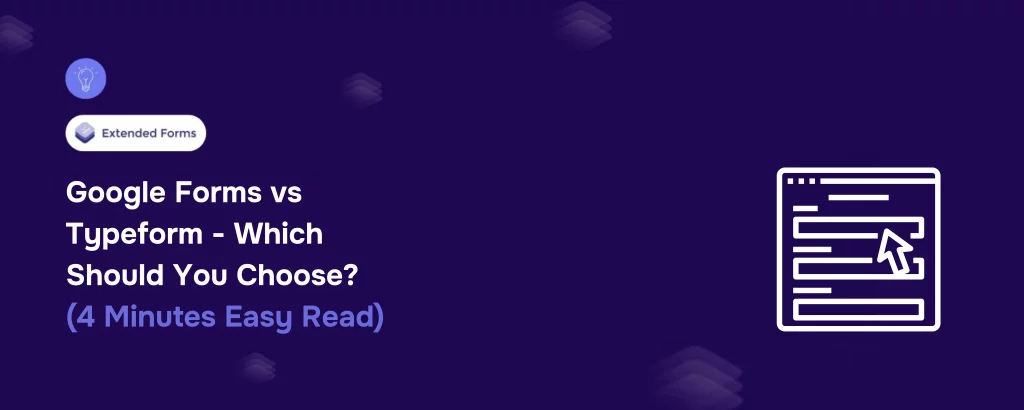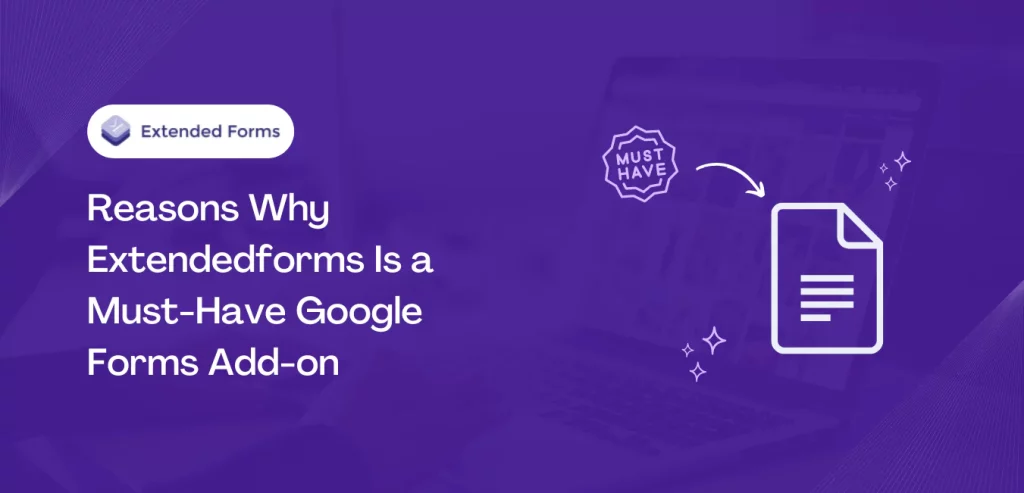Whether you’re collecting client feedback, managing event registrations, or running classroom quizzes, choosing the right tool makes a big difference.
Two of the most popular options are Google Forms and Typeform. At first, they seem to do the same thing – build forms and collect responses. But how they do it is very different.
Google Forms is fast, free, and works well for basic needs. Typeform focuses on design, engagement, and user experience. One gets the job done. The other makes the process look good while doing it.
In this blog, we’ll compare Google Forms vs Typeform across different use cases to help you decide which one fits your needs best.
Table of Contents
A Quick Review – Google Forms vs Typeform
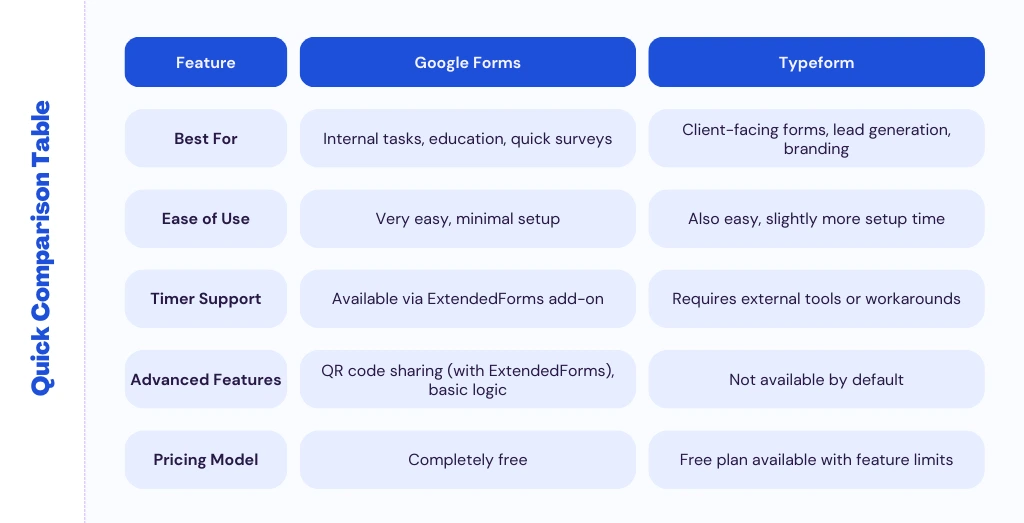
When to Use Typeform?
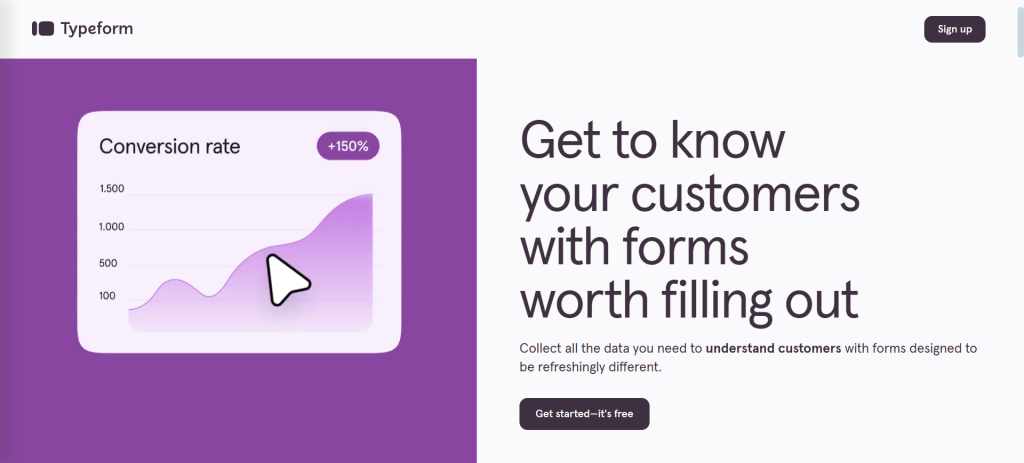
When Design Matters Most
There’s a reason brands love Typeform. The forms don’t just collect data, they reflect the personality of your brand. With smooth transitions, custom fonts, and branded themes, Typeform lets you build forms that feel like an extension of your website or identity.
If you’re in a space where first impressions matter – like design, marketing, or client services – this level of polish goes a long way.
Best for Branded, Client-Facing Forms
If you’re sending a form to clients, prospects, or the public, how it looks matters. Typeform’s layout immediately feels premium. It communicates professionalism without you needing to say a word.
So, in the Google Forms vs Typeform decision, if your form is something you’d be proud to showcase on your homepage, Typeform is the stronger choice.
Great for Collecting Leads and Feedback
Typeform’s interactive style keeps users engaged. Whether you’re running a product feedback survey, lead generation quiz, or event registration form, users are more likely to finish a Typeform. It feels less like a task and more like a guided experience.
That’s especially important in customer-facing roles, where even a small uptick in form completions can translate to better engagement or more leads.
Ideal When User Experience Is the Priority
Traditional forms can feel like a chore. Typeform flips that. One question at a time, elegant transitions, and conversational logic create a sense of flow. Users stay present because they’re not overloaded with fields.
So when you’re weighing Google Forms vs Typeform, think about how important it is for the user to feel good while filling out your form. If that matters, Typeform wins.
Perfect for Interactive, One-Question-At-A-Time Forms
This is the core of Typeform’s magic. One question on the screen, all focus on that single task. It makes complex or lengthy forms easier to complete and reduces bounce rates.
If you’re running anything that feels like an interview, quiz, or detailed intake, this format is far superior to the list-style layout of Google Forms.
When to Use Google Forms?
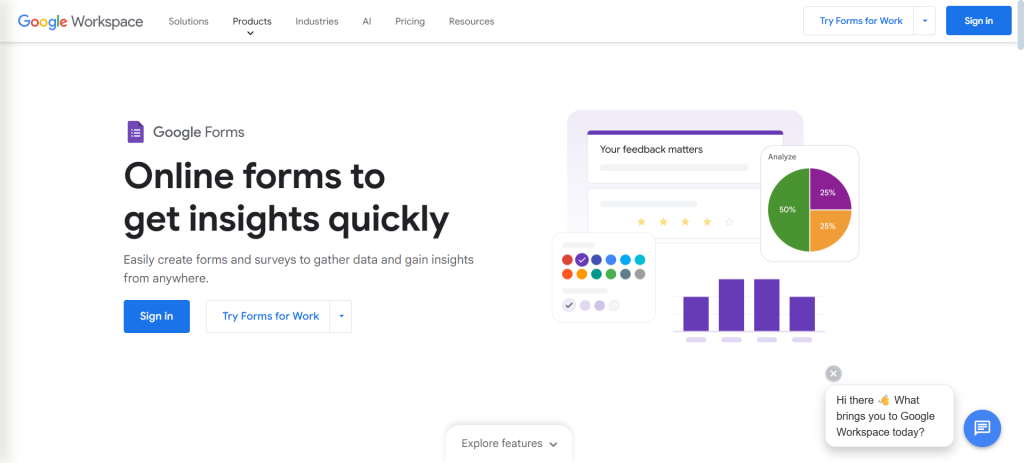
When You Need a Quick, No-Frills Form
If speed and simplicity are your priorities, Google Forms is unbeatable. You can launch a form in under five minutes, share it with anyone, and get responses instantly. No sign-ups. No pricing walls.
Sometimes, good enough is exactly what you need. And in many Google Forms vs Typeform scenarios, this practicality gives Google the win.
For Internal Team Processes or Admin Tasks
Think of use cases like PTO requests, feedback forms, or project check-ins. When the form is staying within your organization, functionality beats aesthetics.
Google Forms is easy to maintain, update, and track over time. Plus, it plays nicely with Google Sheets for quick data analysis or automation.
When Collaboration Is Key
Multiple people can edit and manage a Google Form at the same time. You can leave comments, make suggestions, and build forms as a team.
Typeform, on the other hand, leans more towards solo ownership unless you’re on a higher-tier plan. So if you’re comparing Google Forms vs Typeform in a collaborative setting, Google has the edge.
For Education and Academic Settings
Teachers, students, researchers – Google Forms is practically built for them. It’s free, accessible, and integrates with Google Classroom.
You can make quizzes with auto-grading, set up basic logic, and gather student responses without needing to learn a new platform. While Typeform can do some of this, Google wins for simplicity and access.
When Budget Is a Concern
Google Forms is free. Entirely. Typeform starts strong with a free tier, but limitations show up quickly – limited responses, branding, or advanced logic.
If cost is a factor, and it often is for small businesses or students, then in the Google Forms vs Typeform decision, the free and full-featured nature of Google Forms makes it a smart default.
To Automate Data Collection With Google Sheets
This is a superpower that doesn’t get enough credit. Every response from a Google Form can automatically go into a connected Google Sheet. From there, you can trigger notifications, run analytics, or even build dashboards.
Typeform supports integrations, but not as seamlessly or as freely as Google’s own ecosystem. If backend automation is your goal, Google Forms is built for it.
When You Need Simple Logic and Validation
Google Forms supports basic conditional logic and response validation. Want to show a question only if a previous answer is selected? You can. Want to ensure a field only accepts email addresses or numbers? Done.
It’s not as deep as Typeform’s logic options, but for most use cases, it works. And it works well.
Pro-tip: Create Timer-Based Google Forms With Extendedforms

Google Forms doesn’t offer a built-in timer, but you can add that feature using an add-on like ExtendedForms. It lets you:
- Set a countdown timer
- Auto-submit forms after the time runs out
- Prevent duplicate responses
- Track analytics like start and end times
You can also generate a QR code to quickly share the form during events, exams, or training sessions.
If you’re comparing Google Forms vs Typeform and need features like timers or easy QR access, ExtendedForms makes Google Forms much more versatile, without switching platforms or paying extra.
In Conclusion
There’s no one-size-fits-all answer to the Google Forms vs Typeform question. It’s about choosing the right tool based on your priorities. If you need something simple, free, and functional, Google Forms is the tool for you. Especially when you’re working internally or within Google Workspace.
If you’re focused on brand perception, engagement, or customer experience, Typeform will make a better impression. It turns forms into a smooth journey rather than a checklist. Both tools are excellent. It’s not about choosing the best one. It’s about choosing the one that makes the most sense for the task at hand.
